GoPro Max review: We put the 360-degree action cam to the test
The Max supersedes the two-year-old GoPro Fusion and improves upon its predecessor in every way
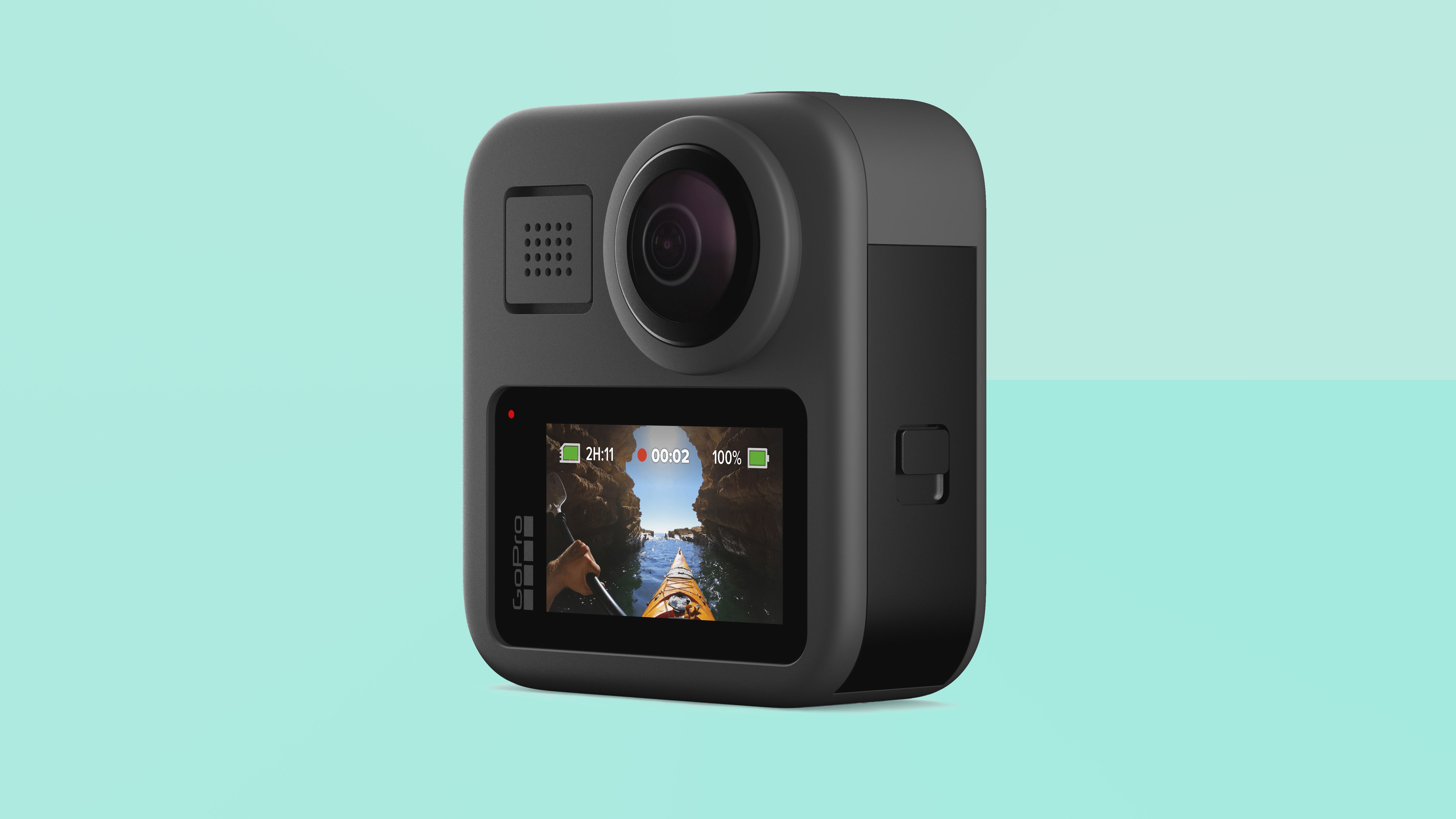
While not quite perfect, GoPro has done a sterling job of bringing the same levels of ruggedness and intuitive use found on its flagship camera, the Hero 8 Black, to the 360 format. The Max also puts the excellent Hypersmooth image stabilisation and the TimeWarp function which originated in the Hero range to good use. Combined with many interesting and enjoyable post-production facilities in the GoPro app, the resulting package makes Max the best 360-degree action camera currently available.
-
+
Mind-blowing 360 video
-
+
360-degree photos
-
+
Sturdy construction
-
+
It’s easy to get great results
-
+
Fantastic app support
-
+
Flippable screen view
- +
-
-
Image stitching can look glitchy
-
-
High price tag
Why you can trust T3
Joining GoPro’s HERO action camera range comes the dual-lens, 360-degree GoPro Max. Will combining jaw-dropping 360-degree shots with proven technologies such as HyperSmooth stabilization and handheld TimeWarp sequences from the HERO range prove to be a winning recipe?
The GoPro Max now succeeds its 360-degree forerunner, the Fusion, in the GoPro range, but their latest 360-degree offering is not alone in the 360 marketplace. So, is the Max a superior option over the Rylo 360, the Insta360 One X and Kodak’s Pixpro SP360’s 4K? Read on for our thoughts. Alternatively, see how all the HEROs compare in our guide to the best GoPro, get the low-down on the latest flagship model in our GoPro HERO 9 Black review (released September 2020), or figure out if the Max is right for you in our GoPro HERO vs GoPro MAX comparison.
- Explore our GoPro HERO 8 Black review
- Check out the world’s best action cameras...
- ...Or the best cheap action cameras you can buy
GoPro Max review: design and setup
Despite sporting twin offset lenses and different dimensions, the Max shares a number of design cues with the Hero 8 Black. Like its more conventional stablemate, the Max attaches to mounts and accessories via two metal fingers that fold out from its base and neatly tuck away when not in use. Its rubberised finish and rounded edges are also reminiscent of the Hero 8 and help give the camera a sturdy feel as well as helping to avoid any potential slippage.
At 64W x 69H x 25D (mm), the Max is bigger than most conventional action cameras – it’s essentially the same width and depth as the Hero 8 but 20mm taller. It weighs in at 154g, which feels a little hefty, despite being 66g lighter than its predecessor, the GoPro Fusion.
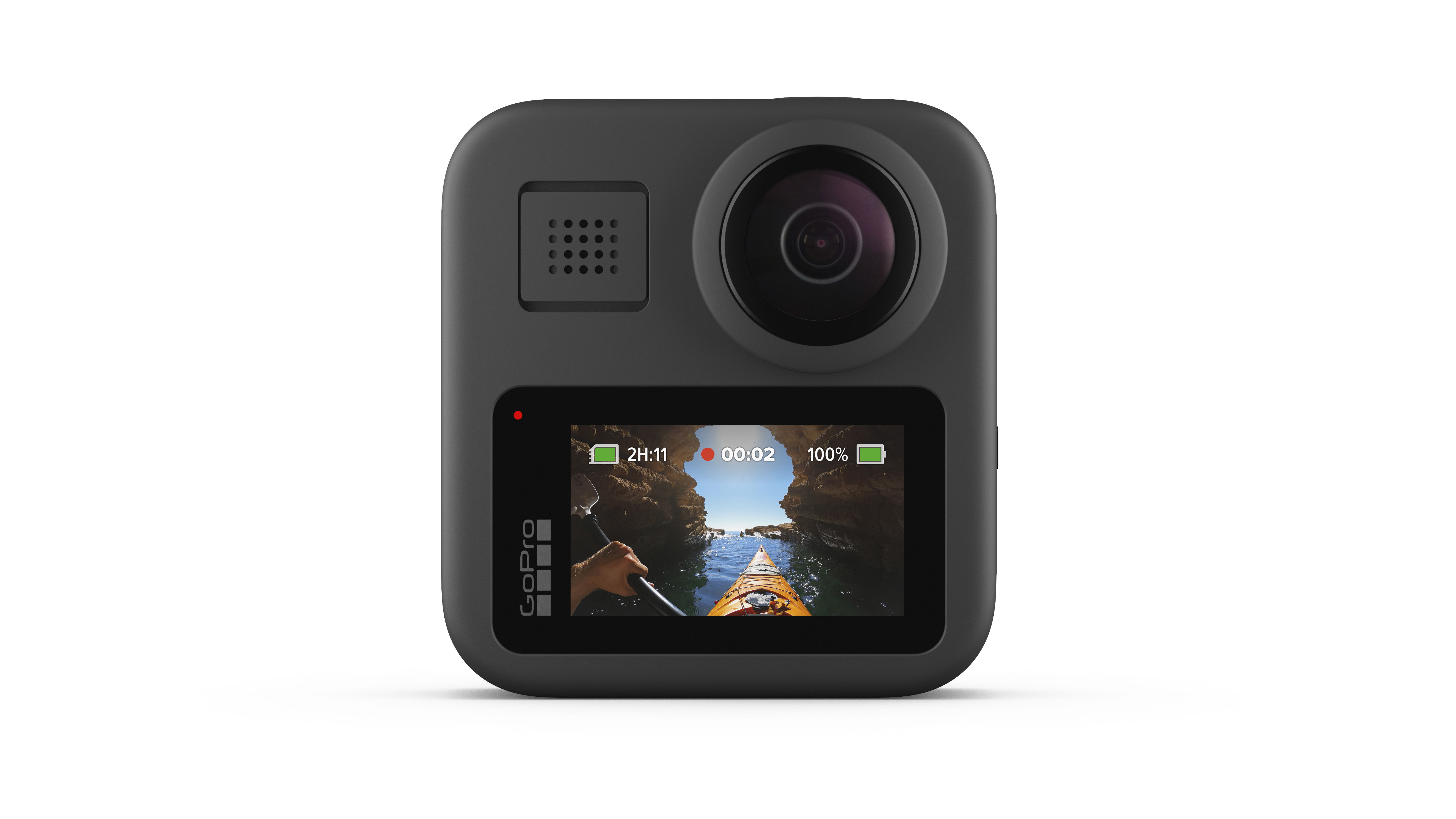
It’s easy to cycle between the Max’s three main shooting modes: Video, Photo and Timelapse, by pressing a physical button on the camera body. Tapping an icon on the touchscreen then allows you to toggle between shooting with both lenses in 360, or via just one to create conventional footage.
You can choose whether you view the action as seen through the front or rear lens via the touchscreen. While the Hero 8 Black took some flak for a lack of a front-facing screen as standard (you can upgrade to a second display, but you’d need to shell out for the additional Media and Display Mods too), this facility makes using the Max a far better (albeit an also expensive) proposition for blogging – in addition to its primary function of creating 360-degree footage.
While the touchscreen is an essential tool for shooting conventional video and stills, when creating 360 content, by far the most useful view is made up of what both lenses are capturing simultaneously. The only way to see this live, stitched together, 360-degree view is by pairing your phone to the Max via the GoPro app, which helpfully allows you to operate the camera remotely too.
GoPro Max review: features and usability
Just as the Max’s exterior shares aspects of its design with the Hero 8 Black, the camera uses the same operational interface too. Aside from the additional 360-degree elements, both cameras use the same easy to use system of taps and swipes via the touchscreen, although the smaller display on the Max makes navigation slightly fiddlier. Both cameras also helpfully respond to voice commands, which is really handy when you don’t have a free hand or are wearing gloves.
While operating the camera is simple enough, getting your head around how to best make use of the Max’s chief function of creating 360-degree footage takes more working out. The 360-degree app view is invaluable for helping you visualise your shots to begin with. Once you get the idea, you’re then better able to picture your footage using the touchscreen view.
The app’s other major function is to allow you to view and edit your content – which you can download in full 360-degree form onto your phone. From there you can use the in-app software to produce conventional stills and video from your raw 360 footage or get really creative with kaleidoscopic sequences and videos with shifting POVs. The powerful functionality within the app really is impressive, fun to use and betters anything else currently on the market.
GoPro Max review: spec
• Weight: 154g
• Dimensions: 63W x 69H x 25D (mm)
• 360 video: 6K source/5.6K stitched
• Conventional video: 1440P60 (4:3), 1080P60 (16:9)
• Photo: Spherical: 18MP, Hero: 5.5MP, PowerPano: 6.2MP
• Digital lenses: Max SuperView, Wide, Linear and Narrow
• Audio: Premium 360, Stereo
• Microphones: Six
• Connectivity: Wifi, Bluetooth
• App: GoPro with Reframe
• SoC: GP1 chip
• Battery: Removable 1600mAH Lithium-Ion
• TimeWarp: 2x, 5x, 10x, 15x, 30x recording speeds
• Time-lapse: 0.5, 1, 2, 5, 10, 30 second and 1, 2, 5 and 30 minute intervals
• Touchscreen: Intuitive 1in LCD
• Waterproofing: 5m without a case
• GPS: Yes
• Voice control: Yes
• Stabilisation: HyperSmooth
• Live Streaming: Yes, via app
• Other: Portrait mode, auto orientation
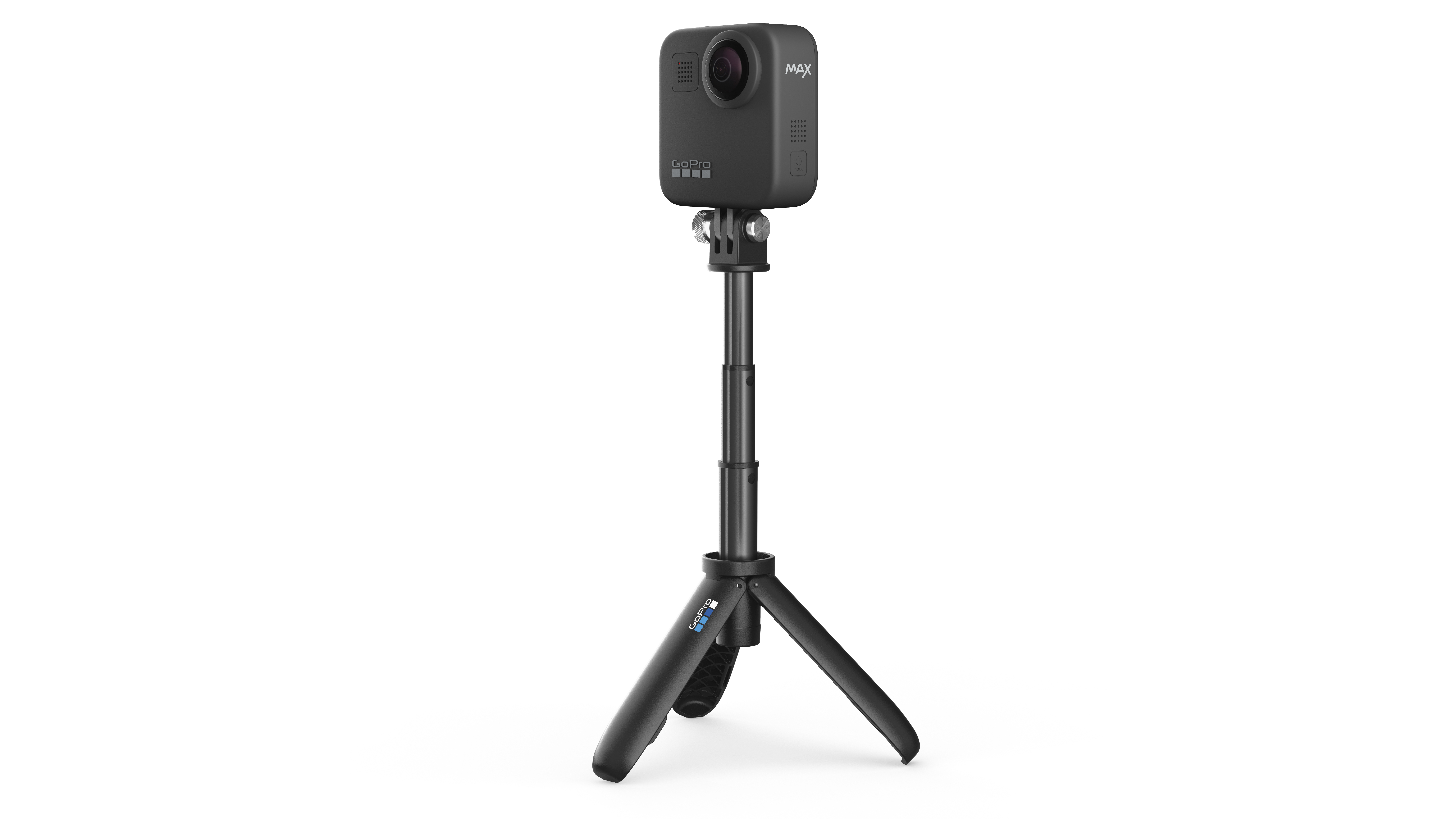
GoPro Max review: video and stills
While the Max’s 360-degree capabilities give you the ability to create some truly stunning content, it’s not without its drawbacks. Like all 360 cameras, the image stitching is noticeable as the camera can’t see the distance between the two lenses. The image exposure also can vary between each lens too, resulting in one view being darker or lighter than the other.
The Max’s 360 video resolution of 5.6K stitched is almost identical to that of its 360 rivals the Rylo 360 and the Insta360 One X (which all beat the Kodak Pixpro SP360’s 4K). However, when shooting conventional video its maximum full-frame (16:9), the top resolution of 1080P60 is way below the 4K60 you’ll find on the Hero 8 Black as well as many action cameras on the market. Similarly, when taking single-lens stills the Max’s top resolution of 5.5MP is also way below the conventional competition, though the PowerPano function allows you to take 6.3MP panoramic photos with auto horizon levelling – which is also a facility you won’t find elsewhere on GoPro’s cameras.
Just like the Hero 8 Black, the Max’s TimeWarp function allows you to create really cool moving time-lapsed footage – perfect for showing travel over a distance at warp speed. While TimeLapse mode makes it easy to create static time-lapsed video sequences.
The Max comes equipped with GoPro’s stabilisation software – HyperSmooth, which massively reduces camera shake and vibration. This is the most advanced version of it yet, called Max HyperSmooth, appropriately. It’s as smooth as the Boost mode on the Hero 8 Black, but without the cropping that mode requires. It also uses the round lenses for clever horizon levelling, keeping everything really watchable.
GoPro Max review: samples
Video:
Images:
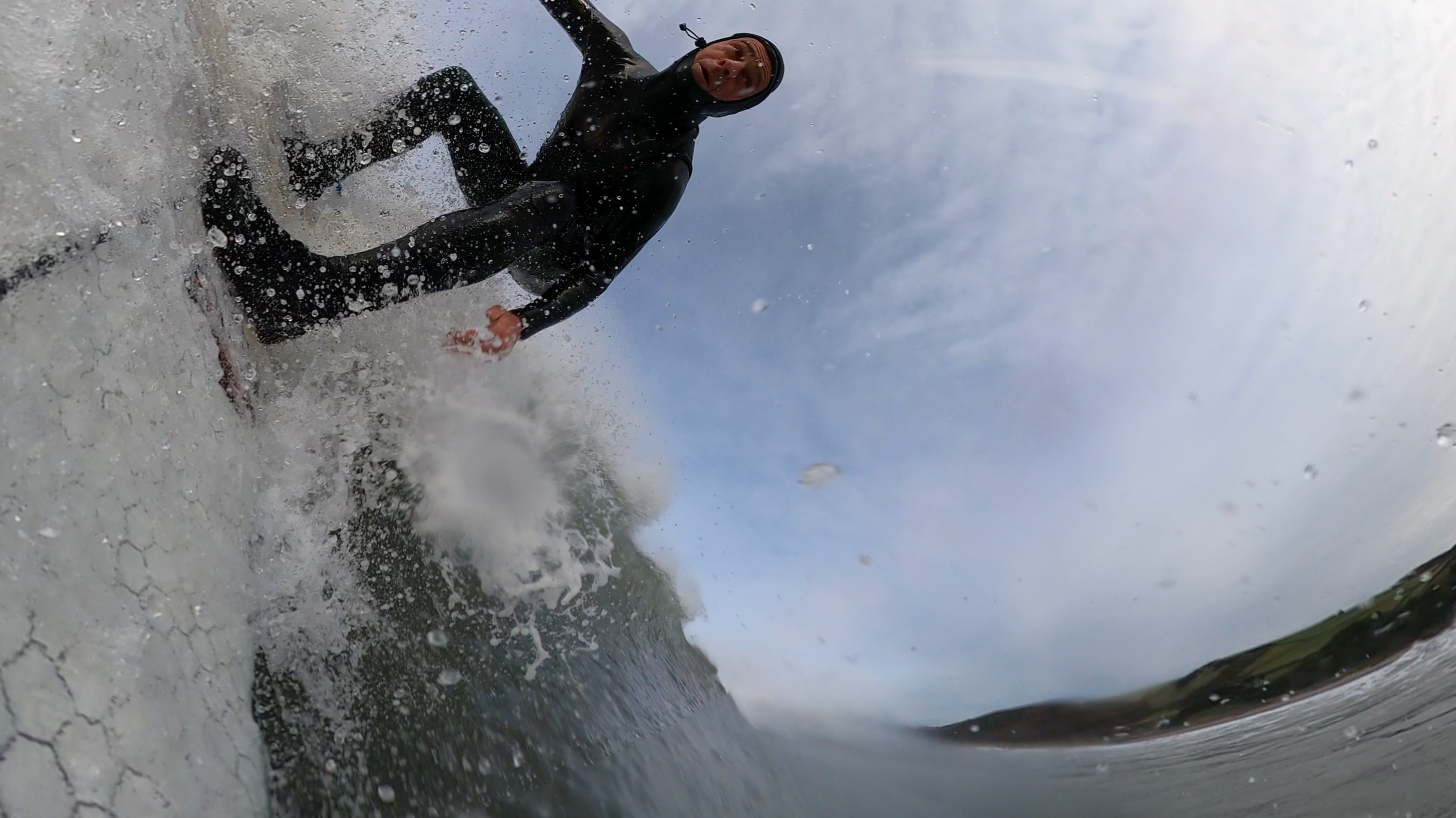
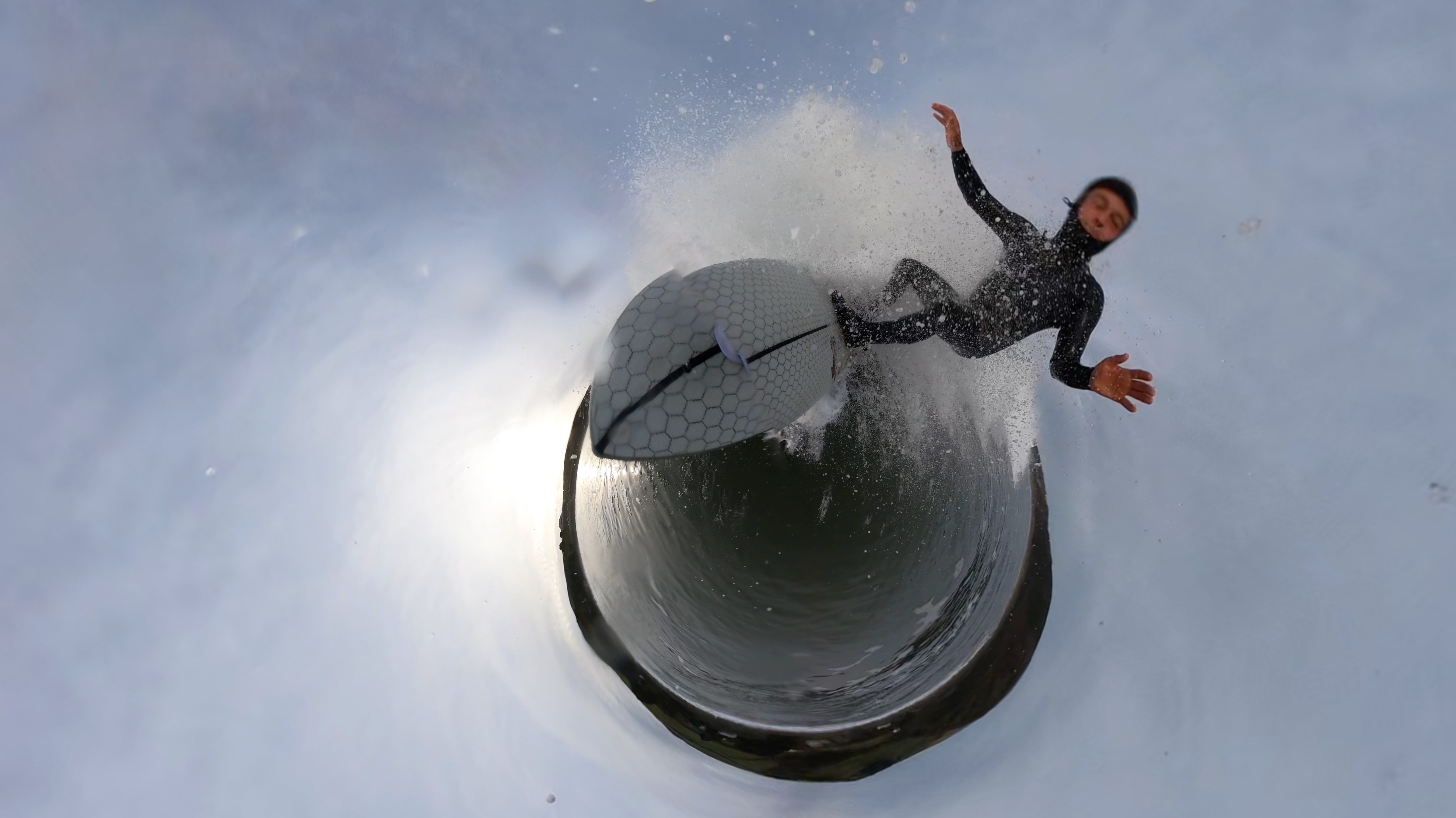
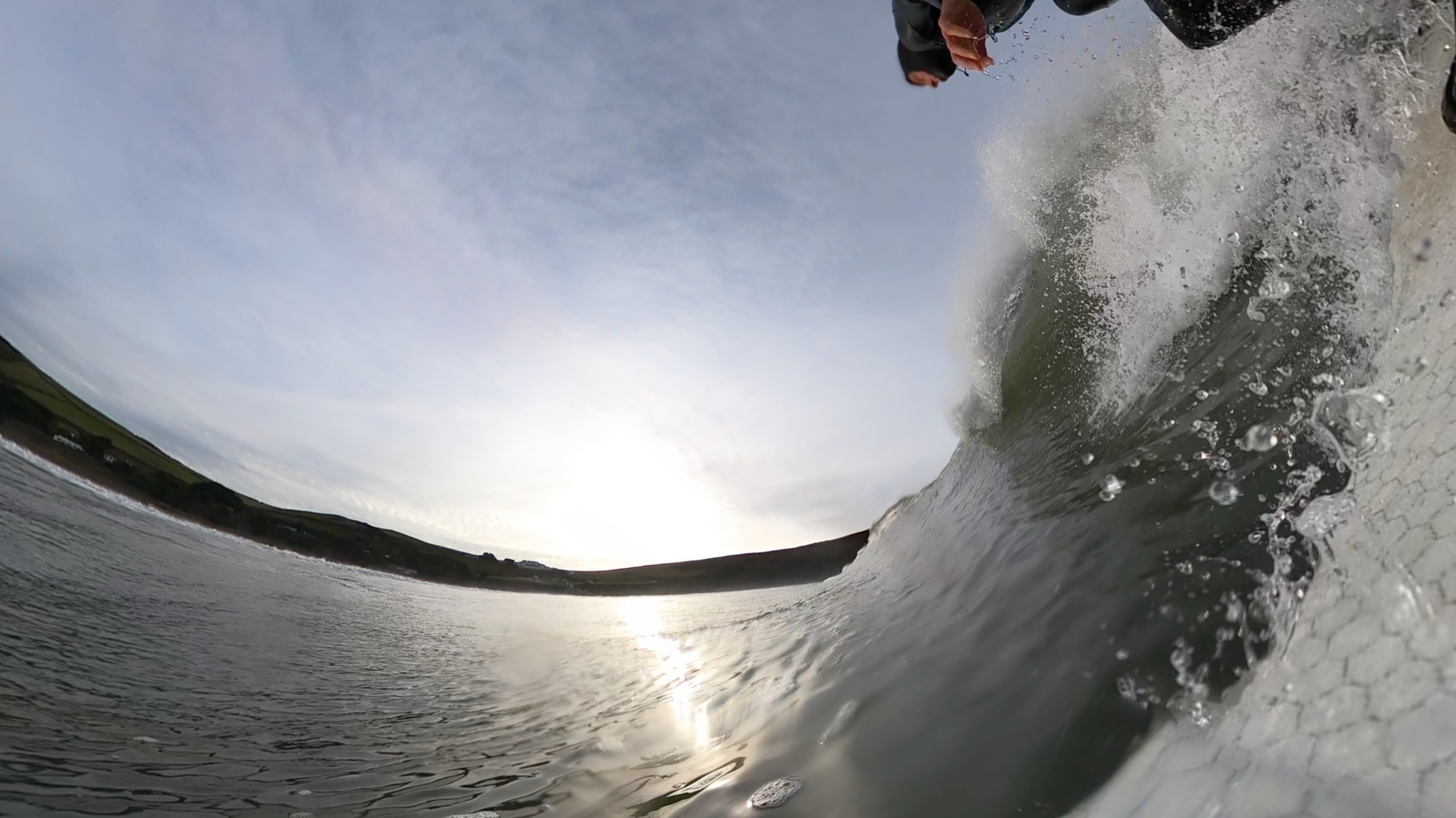
GoPro Max review: verdict
There’s no denying that the GoPro Max is a seriously capable piece of kit that allows you to get seriously creative with your photos and video and produce some outstanding results. As a complete package, it betters the rival 360-degree cameras available, though the Rylo 360 and the Insta360 One X are both significantly cheaper and boast unique features all of their own.
We’ve tested the Max in some demanding conditions – not least exposing it to the force of 8-foot saltwater waves in the depths of a British winter and it has proved to be just as bombproof as its Heroic stablemate.
Given the physical positioning of the offset lenses on each face of the Max, there’s no way to avoid the glitches that appear on the stitched-together images taken simultaneously – which looks very obvious on objects close to the camera. It’s a pity the camera’s conventional resolution rates aren’t higher too, but if you want cutting edge 180-degree content, you’re unlikely to choose a 360 camera in the first place.
Overall, we reckon the GoPro Max is the best 360-degree action camera on the market and is way ahead of its forerunner – the GoPro Fusion. However, while it certainly gives interesting results, we’re not totally sold on the 360 format, which is still somewhat gimmicky and arguably less useful than what you get from a conventional action camera.
Sign up to the T3 newsletter for smarter living straight to your inbox
Get all the latest news, reviews, deals and buying guides on gorgeous tech, home and active products from the T3 experts
Rich Owen has been frantically riding mountain bikes since the early 90s and is a former editor of What Mountain Bike magazine. He’s also a surfer with over 20 years’ experience and lives near North Devon’s best beach breaks.
-
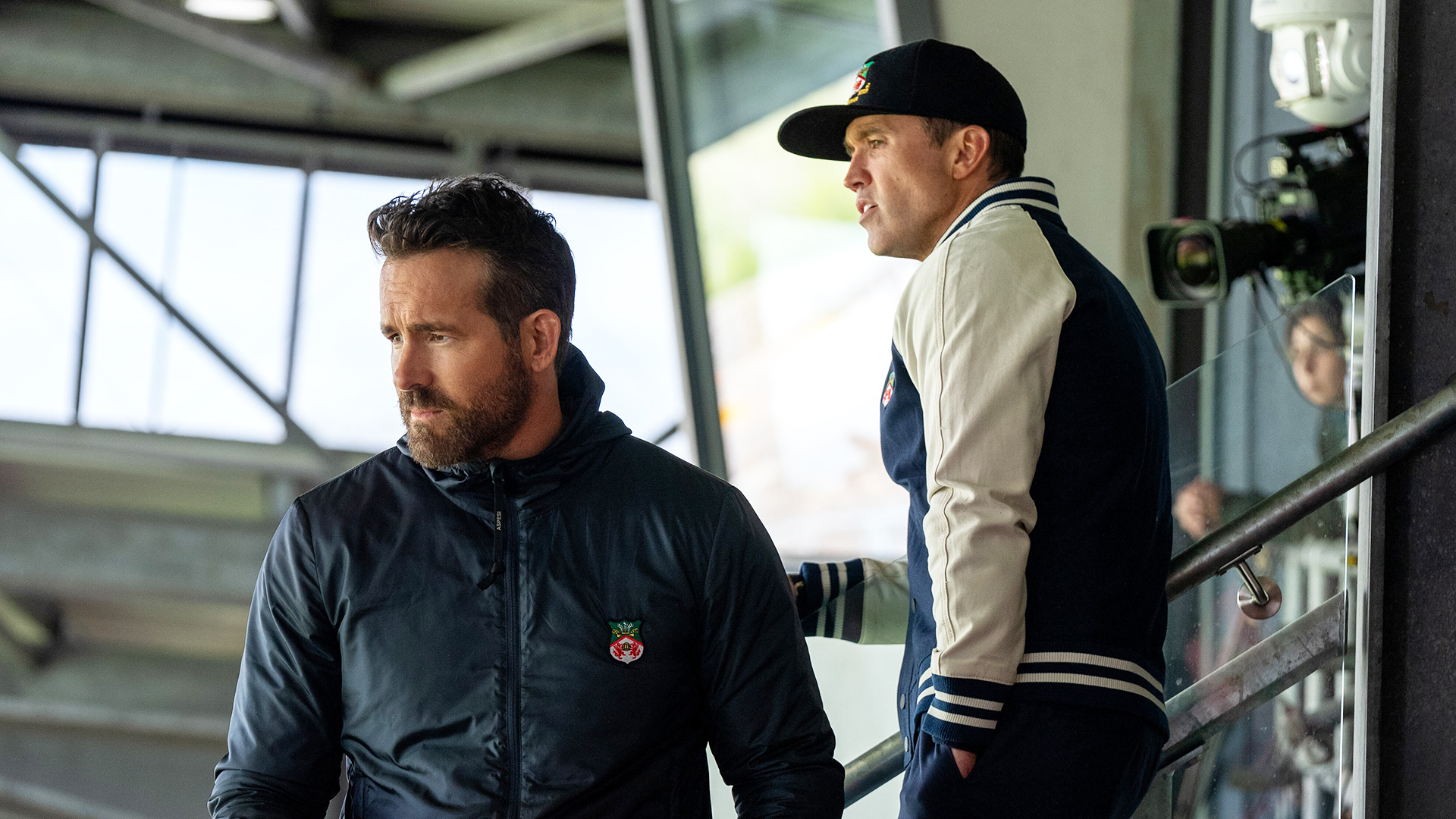 This Disney Plus favourite had 100% on Rotten Tomatoes last season – here's when the new one is out
This Disney Plus favourite had 100% on Rotten Tomatoes last season – here's when the new one is outIt's an Emmy award-winning show
By Sam Cross Published
-
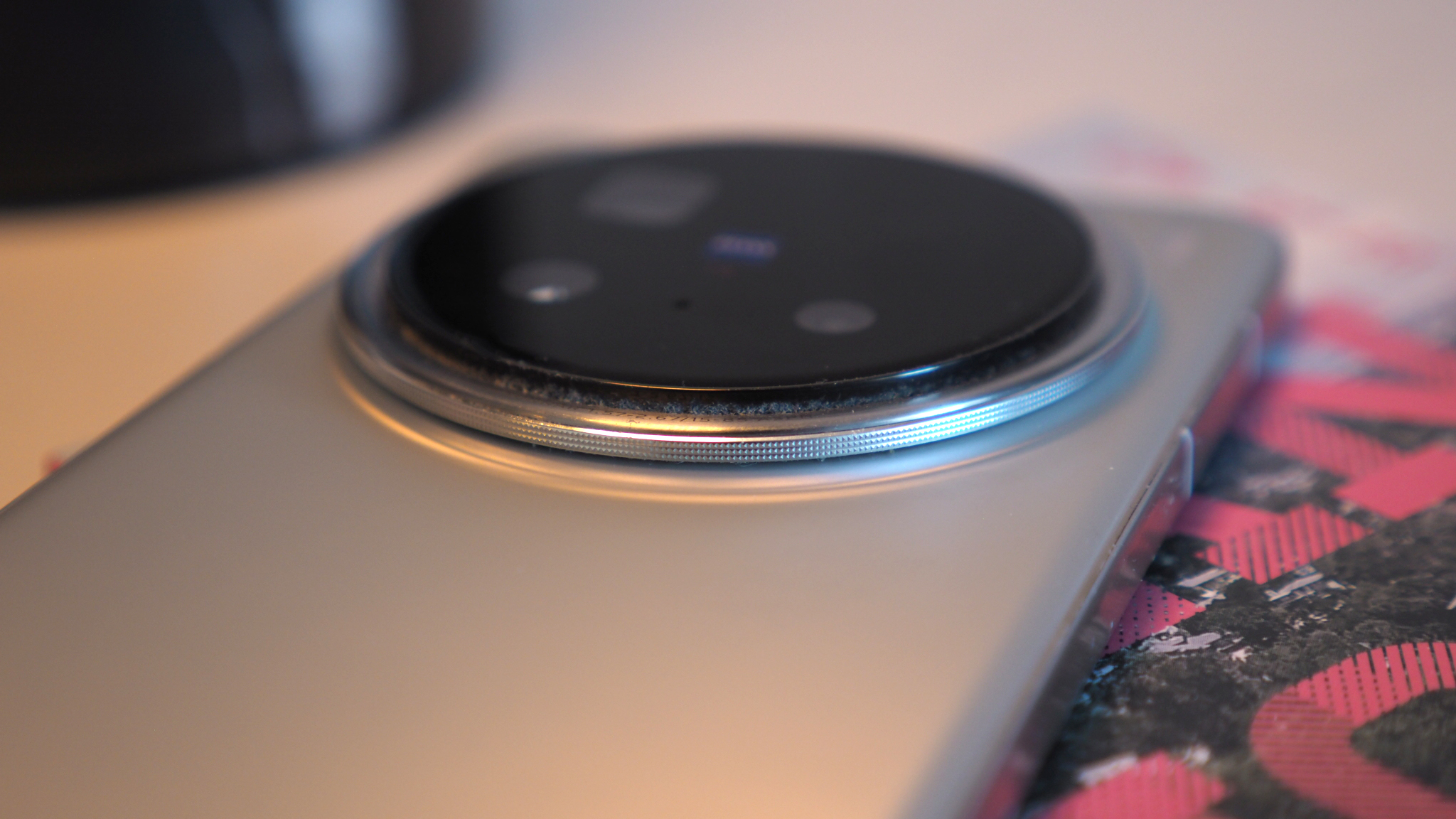 This top Android phone camera just got even better
This top Android phone camera just got even betterThis could take smartphone zoom to a totally new level
By Chris Hall Published
-
 Your Meta Ray-Ban Glasses just got a neat free software upgrade
Your Meta Ray-Ban Glasses just got a neat free software upgradeThis could be really useful
By Sam Cross Published

